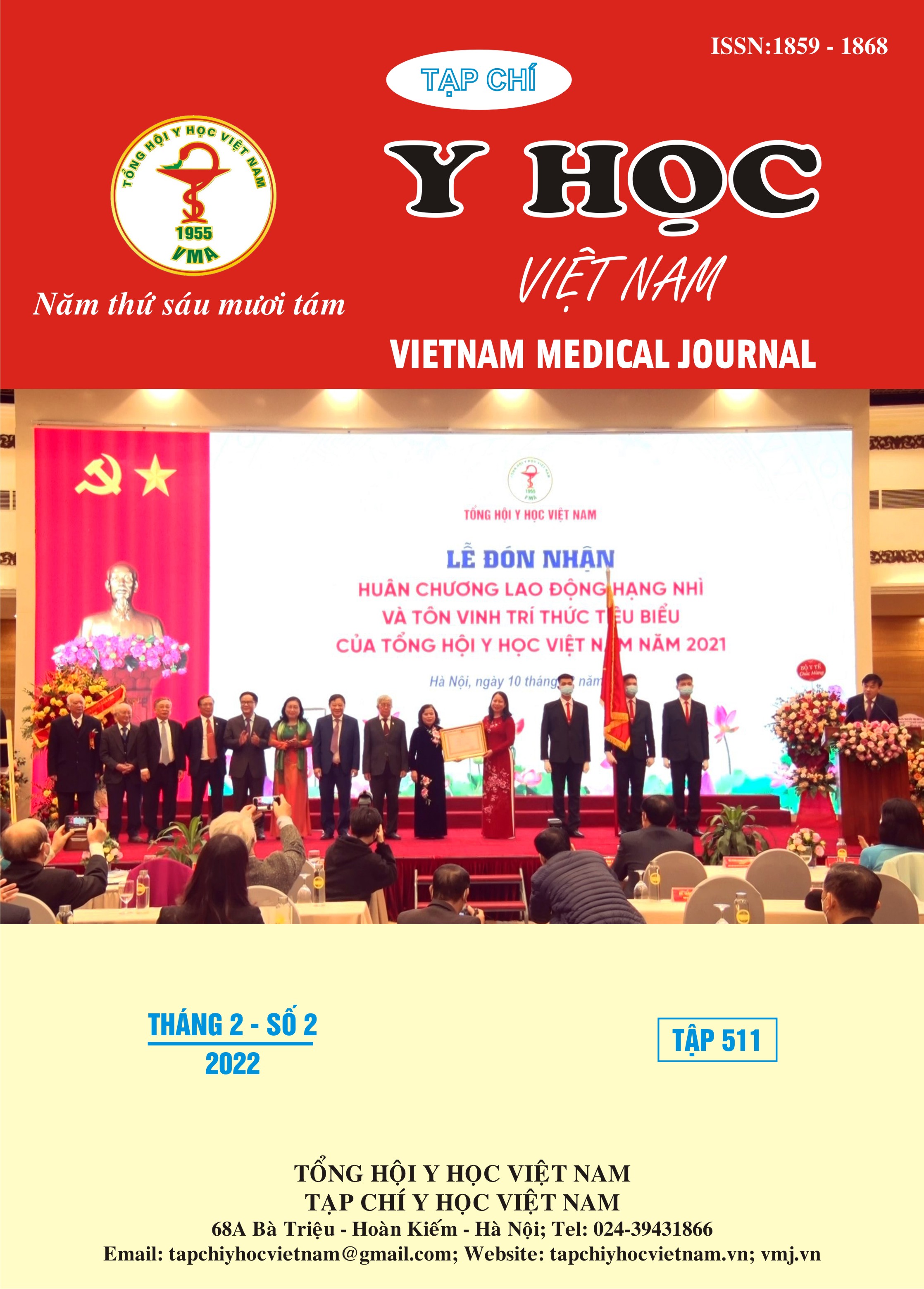CHANGING FROM ADAPT TO SOLUMBRA TECHNIQUES IN THE TREATMENT OF ACUTE ISCHEMIC STROKE: EXPERIENCE AT CHORAY HOSPITAL
Main Article Content
Abstract
Background: Major endovascular techniques of mechanical thrombectomy (MT) are: stent-retriever (SR), aspiration first pass technique (ADAPT) and Solumbra (Aspiration + SR), which are interchangeable (defined as changing technique). The purpose of this study was to report the added value of changing from ADAPT to Solumbra in unsuccessful revascularization stroke patients. Materials and Methods: This is a case series report, retrospective, single center, from 01/2019 to 12/2021. In 103/137 (75.2%) patients, ADAPT was used as the first-line strategy. Changing technique was defined as the difference between the first and the final technique. Revascularization was evaluated with Thrombolysis In Cerebral Infarction (TICI) with success defined as TICI ≥ 2b. Procedural time (PT) and time to reperfusion (TTR) were recorded. Results: Stroke involved anterior circulation in 86/103 (83.5%) patients and posterior circulation in 17/103 (16.5%) patients. ADAPT was the most common first-line technique compared with SR and Solumbra (103/137 (75.2%) vs. 15/137 (10.9%) vs. 19/137 (13.9%), respectively). In 21/103 (20.4%) patients using ADAPT, the TICI ≤ 2a patients required changing to Solumbra. The mean number of passes before changing was 2.0 ± 1.3; ADAPT to Solumbra improved successful revascularization by 14.6% (71/103 (68.9%) vs. 86/103 (83,5%)). PT was superior for changing technique comparing with ADAPT (63.3 min vs. 39.3 min, although, TTP was similar (324.1 min vs. 311.4 min). Conclusion: Successful revascularization was improved by 14.6% after changing from ADAPT to Solumbra (final TICI ≥ 2b was 83.5%).
Article Details
Keywords
acute ischemic stroke, mechanical thrombectomy, ADAPT, Solumbra
References
2. Goyal, M.; Menon, B.K.; van Zwam, et al. Endovascular thrombectomy after large-vessel ischaemic stroke: A meta-analysis of individual patient data from five randomised trials. Lancet 2016, 387, 1723–1731.
3. Turk, A.S., Siddiqui, A.; Fifi, J.T.; et al. Aspiration thrombectomy versus stent retriever thrombectomy as first-line approach for large vessel occlusion (COMPASS): A multicentre, randomised, open label, blinded outcome, non-inferiority trial. Lancet 2019, 393, 998–1008.
4. Powers, W.J.; Rabinstein, A.A.; Ackerson, T.; et al. Guidelines for the Early Management of Patients With Acute Ischemic Stroke: 2019 Update to the 2018 Guidelines for the Early Management of Acute Ischemic Stroke: A Guideline for Healthcare Professionals From the American Heart Association/American Stroke Association. Stroke 2019, 50, e344–e418.
5. Kayan, Y.; Meyers, P.M.; Prestigiacomo, C.J.; et al.. Current endovascular strategies for posterior circulation large vessel occlusion stroke: Report of the Society of NeuroInterventional Surgery Standards and Guidelines Committee. J. Neurointerventional Surg. 2019, 11, 1055.
6. Kang, D.H.; Kim, Y.W.; Hwang, Y.H.; et al. Switching strategy for mechanical thrombectomy of acute large vessel occlusion in the anterior circulation. Stroke 2013, 44, 3577–3579.
7. Powers, W.J.; Rabinstein, A.A.; Ackerson, T.; et al. 2018 Guidelines for the Early Management of Patients With Acute Ischemic Stroke: A Guideline for Healthcare Professionals From the American Heart Association/American Stroke Association. Stroke 2018, 49, e46–e110.
8. Zhang, X.; Yuan, K.; Wang, H.; et al. Nomogram to Predict Mortality of Endovascular Thrombectomy for Ischemic Stroke Despite Successful Recanalization. J. Am. Heart Assoc. 2020, 9, e014899.
9. Stapleton, C.J.; Leslie-Mazwi, T.M.; Torok, C.M.; et al. A direct aspiration first-pass technique vs stentriever thrombectomy in emergent large vessel intracranial occlusions. J. Neurosurg. 2018, 128, 567–574.
10. Pampana, E.; Fabiano, S.; De Rubeis, G.; et al. Tailored Vessel-Catheter Diameter Ratio in a Direct Aspiration First-Pass Technique: Is It a Matter of Caliber? Ajnr. Am. J. Neuroradiol. 2021.
11. Lapergue, B.; Blanc, R. A Direct Aspiration, First Pass Technique (ADAPT) versus Stent Retrievers for Acute Stroke Therapy: An Observational Comparative Study. Am. J. Neuroradiol. 2016, 37, 1860–1865.
12. Manning, N.W.; Chapot, R.; Meyers, P.M. Endovascular Stroke Management: Key Elements of Success. Cerebrovasc. Dis. 2016, 42, 170–177.
13. Fransen, P.S.; Berkhemer, O.A.; Lingsma, H.F.; et al. Time to Reperfusion and Treatment Effect for Acute Ischemic Stroke: A Randomized Clinical Trial. JAMA Neurol. 2016, 73, 190–196.


